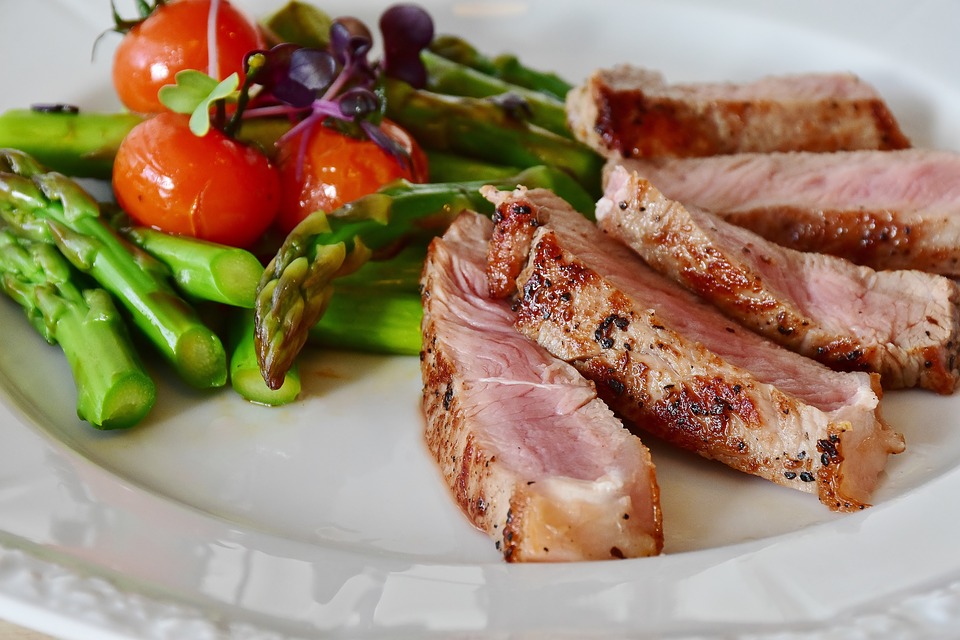



Although taste is subjective, and what tastes delicious for one person is unappetising for another, there are a few factors that determine the quality of a cut of beef. One of the best things about going to the best steak place near me is that you know you will be served cuts of the finest quality. Interestingly, there are a variety of factors that have an impact on the quality of the beef and the way it gets from pasture to your plate.
Keep reading to find out some top tips for rating the quality of meat.
Marbling
Whilst the term marbling sounds out of place when it comes to food, in the culinary world it refers to the white flecks and streaks of fat within the lean sections of meat. These fatty sections on the meat are also called intramuscular fat. Any employee at a steak restaurant near me in Rouse Hill will be able to explain to you that marbling adds flavour and is one of the main aspects to look for when it comes to judging the quality of meat. Essentially, the more marbling the meat has, the better the cut of meat.
Marbling can also be measured through a scoring system which generally ranks from 3 to 12; any cut of meat with a score lower than 3 has almost no marbling and therefore is not going to be a prime cut of meat.
Cuts
As you will see when you look on the menu of the best steakhouse near me in Rouse Hill, there are a huge range of cuts of meat. Whilst different cuts work best for different purposes, the cut can determine how tender, juicy and rich in flavour the meat is.
The particular cut you opt for is down to individual preference and what sort of texture or flavour you enjoy eating. However, cuts such as tenderloin are exceptionally popular due to the tenderness of the meat. Eye-fillets are also good options and are praised for being juicy and succulent. For those who place an emphasis on flavour instead of texture, experts recommend cuts such as scotch fillet and sirloin.
Dry Ageing
Dry ageing is a common term in the culinary world, and many good steak places near me will serve dishes made with dry aged beef. The process of dry ageing refers to the amount of time the meat is left to tenderize after slaughter; it is possible to leave beef to dry age for anywhere between 7 and 120 days.
Dry ageing can often improve the quality of the meat because it draws out all the moisture which results in it becoming more tender and flavourful.
There is nothing more delicious than a good cut of beef, so come and visit us at our Rouse Hill restaurant to try some of our carefully prepared dishes. The best steakhouse near me.